Prediabetes, also known as borderline diabetes. acts a precursor to type 2 diabetes, if not treated on time. Prediabetes is a health condition in which an individual’s blood sugar levels are elevated above normal levels but are not high enough for a type 2 diabetes diagnosis. If left unchecked, prediabetes can lead to other serious health problems like stroke and heart disease. If detected in time, prediabetes is a health condition that can be treated or reversed with medical intervention and positive lifestyle changes, like regular physical activities and a healthy diet.
Knowing about prediabetes, what causes prediabetes, symptoms and treatment, and the basic signs of prediabetes that one should look out for is important for early detection and proper treatment of the condition.
What is Prediabetes?
In a healthy body, when food is consumed, it is broken down into glucose molecules, which are also known as blood sugar. These are the smallest units that the body uses as fuel for energy. Insulin, a hormone that is responsible for delivering glucose molecules to the cells of the body, is released by the pancreas to aid the process. As food is digested, blood sugar levels increase, which triggers the pancreas to release insulin. As insulin travels through the bloodstream, the glucose is delivered to the cells, which use it to produce energy.
Prediabetes is the condition under which the body either becomes resistant to insulin or does not produce enough quantities of hormone. This leads to higher-than-normal blood sugar levels that are indicative of prediabetes and can develop into type 2 diabetes if not treated on time.
What Causes Pre-Diabetes?
Just like diabetes, the causes of prediabetes are not known, but the condition can affect anyone, irrespective of age or gender. However, there are several risk factors that increase the chance of one developing prediabetes. These risk factors include:
- Being more than 45 years of age
- Genetics and having a family history of prediabetes
- Leading an inactive or sedentary lifestyle
- Eating a diet rich in sugar, fats, and carbohydrates
- Being overweight or obese with a higher-than-normal BMI
- Having PCOS, which is a condition known to increase one’s insulin resistance
- Not following a proper sleep schedule
- Having high blood pressure
- High cholesterol levels
Another risk factor that may lead to the development of the symptoms of prediabetes in females is if they had gestational diabetes while they were pregnant. While a prediabetes test should be a part of everyone’s regular full body health check-up, people with higher risk factors for the condition must undergo the test more frequently.
Symptoms of Prediabetes
There are not many noticeable symptoms but there are some signs of prediabetes that one may look out for.
- Increased thirst
- Patches of darkened skin, especially around the elbows, knees, neck, armpits and knuckles
- Frequent urination
- Fatigue
- Blurry vision
- Sores or cuts that don’t heal
- Increased hunger
- Unexplained weight loss
- Tingling sensation on the hands or feet
The condition must be diagnosed with a blood sugar test because of the lack of any symptoms of prediabetes and treatment generally varies from one case to the other.
What is the Range of Prediabetes and How is It Diagnosed?
To determine if an individual has prediabetes, a healthcare provider may recommend a fasting blood sugar test. There are several tests that can check blood glucose levels to identify prediabetes or type 2 diabetes. The test results may vary depending on the type of test recommended.
- Glycated Haemoglobin Test (A1C): The HA1C test or glycated haemoglobin test measures a person’s average blood glucose levels over a period of three months.
- Fasting Blood Glucose Test
The blood sample for this test is collected after a fast of eight hours, on an empty stomach.
This test is commonly prescribed during pregnancy to check an individual’s risk of developing diabetes.
With our offerings in line with government-mandated prices, Maxlab offers full body checkup packages that cover an exhaustive list of tests for a comprehensive diagnosis of your health. Choose from a range of health test packages based on your needs.
What is the Pre-Diabetes Range?
What the range is for a prediabetes test may vary from test to test, but in general, having blood sugar levels between 70-99 mg/dL is considered to be normal, while 100-125 mg/dL is classified as having prediabetes and anything higher than 125 mg/dL is diagnosed as diabetes.
Similarly, the results of a test like the A1C or the glycated haemoglobin test are classified as:
- Normal: Below 5.7%
- Prediabetes: Between 5.7% to 6.4%
- Diabetes: 6.5% or higher
Pre-Diabetes Treatment
Treatment of prediabetes is aimed at ensuring that the condition does not develop into type 2 diabetes. If detected at an early stage, prediabetes can also be reversed in many cases. Consuming the right food for prediabetes and making positive lifestyle changes are among the best ways of managing, treating, and even reversing prediabetes.
Whether a diabetic diet is required, the changes one must make, etc. depend on how high one’s blood sugar levels are, as well as some other factors. Generally, the following may be suggested for the treatment of prediabetes:
Reducing Carbohydrate Intake
Refined carbohydrates, like the ones found in white bread, pasta, rice, and other similar snacks are some of the foods to avoid in prediabetes. Packaged drinks and other sweetened beverages are also not recommended to people with prediabetes.
Maintaining a Healthy Diet
Switching to a diabetes diet that includes more fruits, vegetables, whole grains, and healthy fats like nuts, seeds and olive oil.
Getting Ample Physical Activity
Exercise and physical activities help keep the weight in check and support better utilisation of insulin. An individual can introduce moderate-intensity physical activities like walking briskly, cycling, gardening, or mowing the lawn into their daily routine.
Other Lifestyle Changes
Reducing or better managing stress can help lower inflammation and slow down the progression of insulin resistance in diabetic people. Getting enough sleep, regulating alcohol intake, quitting smoking, etc. are also recommended for treating prediabetes.
Being diagnosed with prediabetes does not guarantee the development of diabetes as proper care can go a long way in helping one reverse the condition. This makes the inclusion of a prediabetes test a must in one’s regular health checks, especially if they have higher risk factors for developing the condition.













 7982100200
7982100200



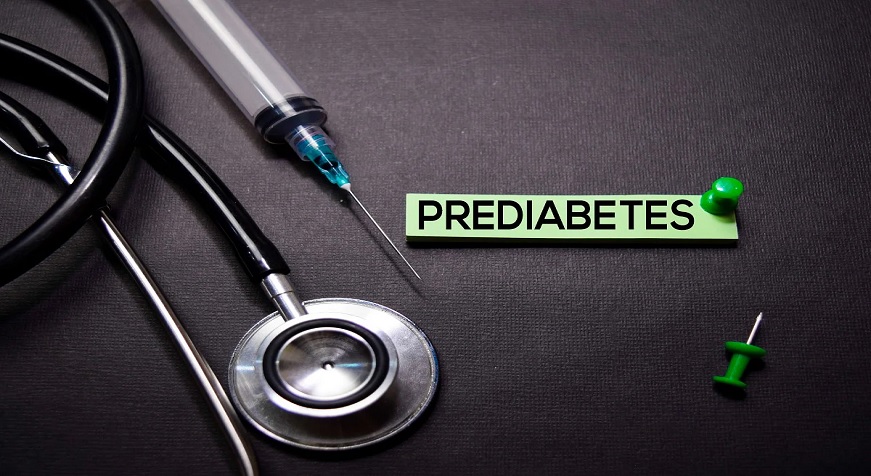
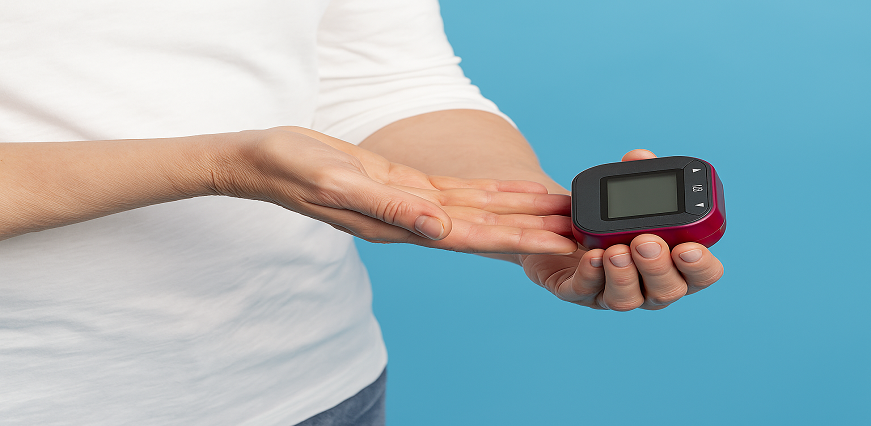
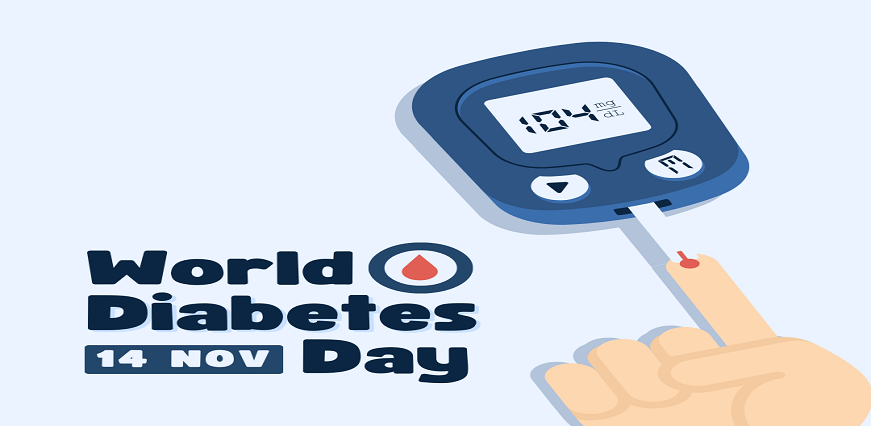

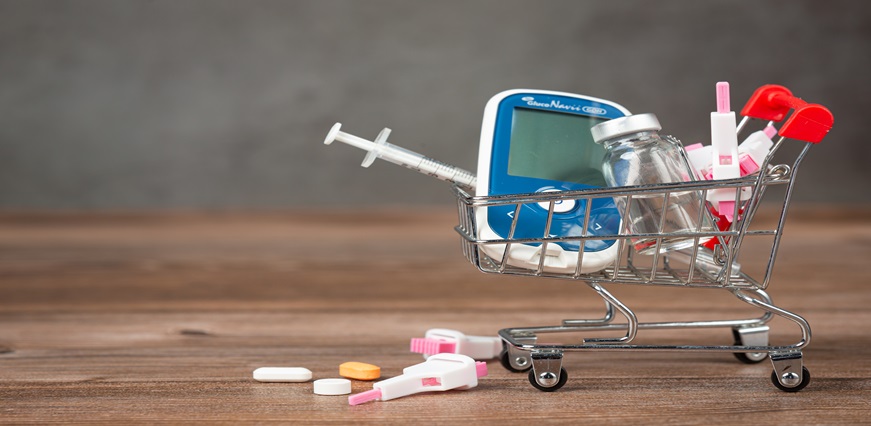

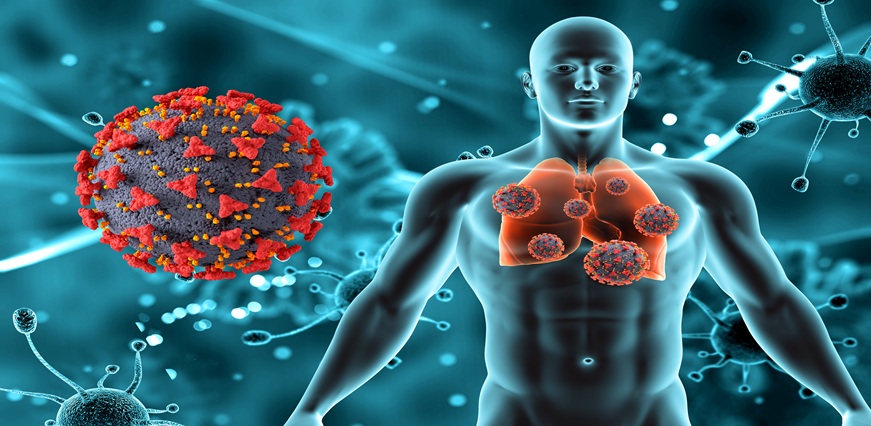














 To reach our help desk call 9213188888
To reach our help desk call 9213188888.png)
Comments